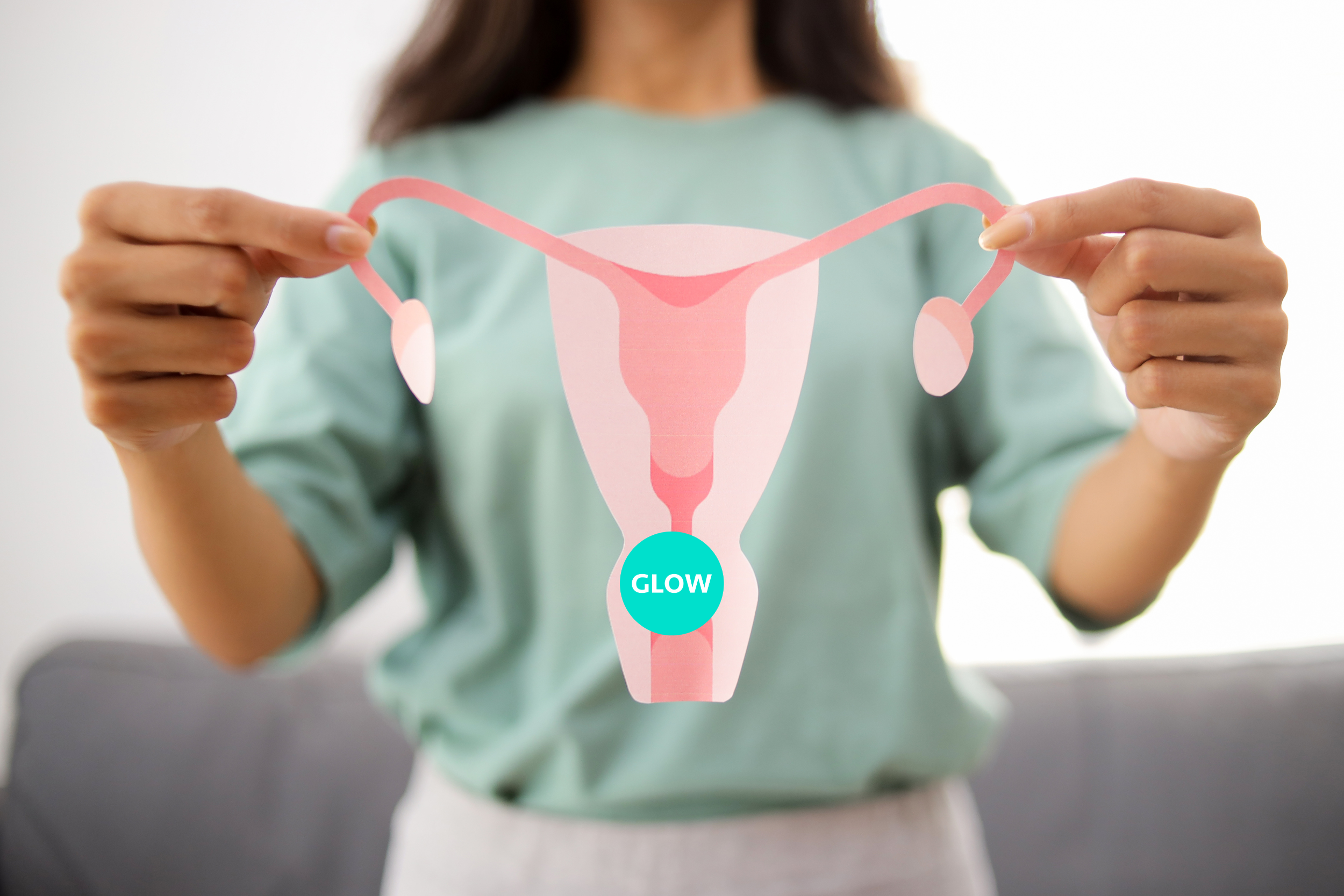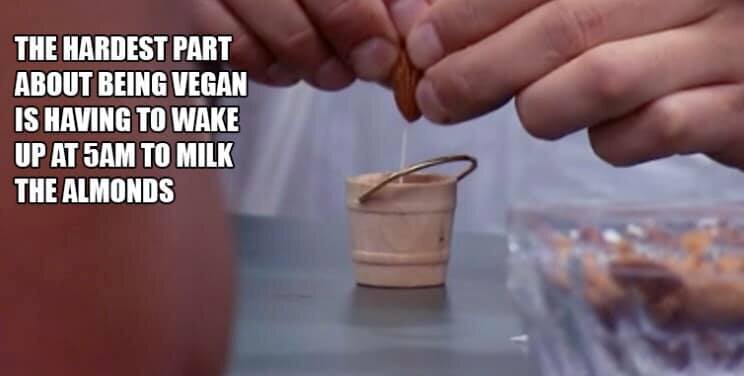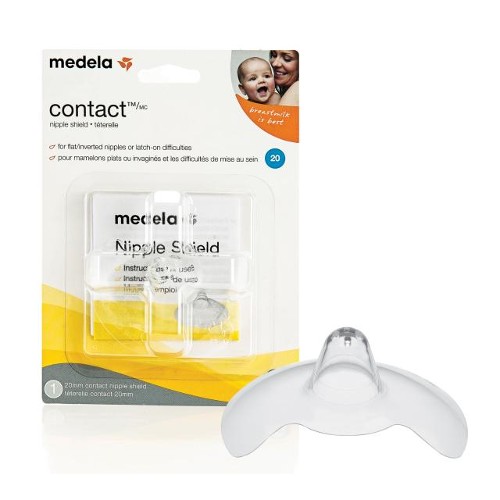Perimenopause: a transition, not a decline
Perimenopause is not a sign that your body is ‘winding down'‘. It is a transition. A period in which the brain, ovaries, adrenals, thyroid, digestion and detoxification systems renegotiate their roles. This internal restructuring can feel chaotic at times: irregular cycles, anxiety, depression, heavy periods, stubborn weight gain, sleep disruption, hot flushes and intensifying PMS. But with the right strategy, perimenopause can become one of the most stabilising and empowering phases of life.
Understanding what actually happens during this stage is key to supporting your body properly.
What really happens to hormones in perimenopause?
Perimenopause is not simply ‘low oestrogen’. It is a time of oestrogen fluctuations.
Progesterone is a product of ovulation and when ovulations become more sporadic, progesterone drops first. This creates a hormonal environment where oestrogen becomes high relative to progesterone, even if total oestrogen is lower than it used to be.
This imbalance, often called oestrogen dominance, is why many women experience unpredictable symptoms such as heavy periods, breast tenderness, headaches, anxiety and mood swings.
The five foundations of perimenopause support
My clinical approach focuses on five core pillars:
Oestrogen detoxification (bile flow, methylation, microbiome, targeted foods)
Adrenal support (stress biology and fuel management)
Blood glucose balance (key for energy, mood and weight)
Strategic use of phytoestrogens
Supporting progesterone, DHEA and testosterone when needed
While these areas help bring the body out of overwhelm and restore hormonal rhythm, it does not mean you have to address all of them at once. Each situation is different and below you will find general information pertaining to each possible scenario.
1. OESTROGEN DETOXIFICATION: clearing what the body no longer needs
Oestrogen is eliminated through the liver and the gut. If either of these systems is sluggish, oestrogen accumulates relative to progesterone.
Bile flow
The liver packages excess hormones into bile, which must flow smoothly into the intestine. If bile is thick or sluggish, hormones are not cleared efficiently.
Methylation
Methylation is a biochemical ‘tagging’ process that prepares used hormones for removal. When methylation is slow, oestrogen is not detoxified effectively.
The microbiome
Specific gut bacteria help break down detoxified oestrogens. When the microbiome is imbalanced, an enzyme called beta-glucuronidase can reactivate these oestrogens, causing them to be reabsorbed.
Strategies to improve oestrogen clearance
• Cruciferous vegetables: broccoli, kale, cauliflower, Brussel sprouts, rocket, bok choy
• High-fibre foods: vegetables, legumes, flaxseed, chia
• Healthy microbiome: ideally guided by testing and targetter support
• Support for bile flow: hydration, bitter foods (rocket, radicchio, artichokes, lemon), movement
• Methylation nutrients: folate, B12, B2, B6, choline, magnesium
• High-quality protein: vital for liver detox pathways
• B vitamins for energy, methylation and nervous system function
• Magnesium for nervous system regulation and detox support
In practice:
Build each lunch and dinner around vegetables, high-quality protein, healthy fats, herbs/spices and add methylated B vitamins or magnesium if needed.
2. ADRENAL SUPPORT: protecting the glands that carry women through perimenopause
As ovarian hormone production tapers, the adrenal glands step in to take over the production of sex hormone precursors. If the adrenals are already stressed, perimenopause feels much harder.
Signs your adrenals need support
• low morning energy
• afternoon crashes
• salt or sugar cravings
• feeling overwhelmed
• waking between 2–4 a.m.
• irritability or ‘wired but tired’ states
• reliance on caffeine or sugar
Foods and nutrients that nourish the adrenals
• High-quality protein at every meal
• Healthy fats for hormone production
• Mineral-rich foods: leafy greens, pumpkin seeds, tahini, unrefined salt, bone broth
• Vitamin C (the adrenals use more than any other organ)
• B vitamins and magnesium for energy, stress recovery and nervous system regulation
• Adaptogenic herbs such as ashwagandha, rhodiola, rhemania, ginseng, etc - herbs, just like humans, have a personality and herbal approach should match your needs
Lifestyle foundations
• morning light
• regular meal timing
• reducing stimulants and alcohol
• restorative movement: walking, Pilates, strength training
3. GLUCOSE BALANCE: The silent driver of mood, weight and hormone stability
Perimenopause naturally increases insulin resistance due to lower progesterone and changes in oestrogen sensitivity. Many women notice weight changes or increased hunger despite no change in habits.
Stable glucose reduces hot flushes, anxiety, cravings, mood swings and midsection weight gain.
Key strategies
• Centre your meals around protein
• Add healthy fats for stable energy
• Avoid starch-only snacks (rice cakes, crackers, crisps, granola)
• Choose savoury breakfasts
• Include fibre at every meal (vegetables, nuts, seeds, a little fruit)
• Support with nutrients such as omega-3s, B vitamins, magnesium, berberine and alpha-lipoic acid
Daily rhythm
• savoury, high-protein breakfast
• balanced lunch and early dinner
• movement within 1 hour from meals, when possible
• consistent sleep
4. PHYTOESTROGENS: gentle support without overstimulation
Phytoestrogens are mild, plant-based compounds that can help soften hormonal fluctuations.
Benefits
• reduce hot flushes
• support vaginal tissue
• improve mood stability
• support cardiovascular health
• modulate oestrogen receptors gently
Best sources
• ground flaxseed
• sesame and tahini
• fermented soy: tempeh, miso, natto
• legumes
• berries, plums, apricots
• red clover or sage tea
5. SUPPORTING PROGESTERONE, DHEA AND TESTOSTERONE
Some women may benefit from targeted hormonal support, but the foundations must come first.
Natural support strategies
• Progesterone: reduce stress, stabilise glucose, support the adrenals; transdermal progesterone cream can be helpful when used with guidance
• DHEA: strengthen adrenal resilience through protein intake, stable meals, morning light, resistance training and adaptogens like ashwagandha
• Testosterone: support with strength training, adequate protein, zinc, magnesium, omega-3 fats and botanicals such as maca
Putting it all together: the perimenopause plate
Each meal should support the five key pillars. All recipes on my website are suitable.
A typical meal includes:
• minimum a palm-sized portion of protein
• two handfuls of vegetables (including a cruciferous option)
• healthy fats such as olive oil, avocado, oily fish, egg yolks, pastured meat
• herbs, spices and bitter greens
• a small portion of phytoestrogen-rich foods
This is not a restrictive diet. It is a stabilising, strengthening way of eating that meets the hormonal, metabolic and emotional needs of perimenopause.
How I Can Help
Perimenopause is not a problem to fix; it is a transition to be navigated with the right strategy and support. My role is to help you make sense of your symptoms, identify what your body is struggling with, and guide you through this chapter with clarity and confidence.
I use a combination of functional testing, including hormone metabolite analysis, nutrient assessment and metabolic markers, alongside detailed case-taking to understand how your liver, gut, adrenals and nervous system are influencing your hormonal experience. This allows us to pinpoint which pathways need support and why your symptoms are showing up the way they are.
Through personalised nutrition, targeted supplementation and practical lifestyle interventions, we focus on the holistic picture. This integrated approach forms the foundation for long-term hormonal stability, emotional balance, healthy weight regulation and sustained vitality throughout your 40s, 50s and beyond.










































